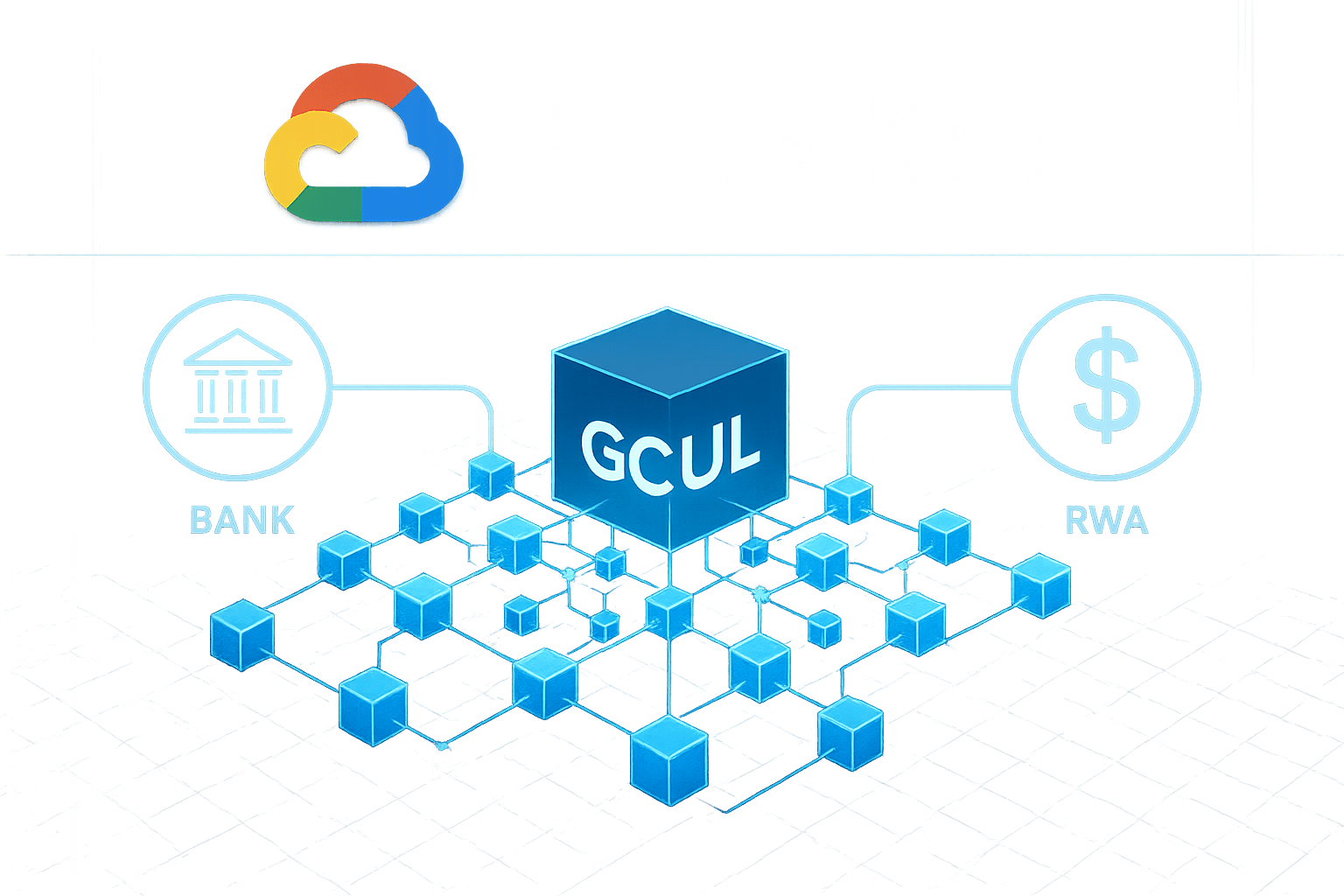
Google Cloud, the cloud computing division of tech giant Google, has officially announced its self-developed Layer 1 blockchain—Google Cloud Universal Ledger (GCUL)—and opened a waitlist. Official information reveals that GCUL aims to provide services for the issuance, management, and atomic settlement of digital assets, with the core goal of connecting traditional finance with the decentralized world.
On August 27, Google Cloud's official website quietly launched a detailed introduction page for GCUL. According to the information on the page, GCUL has three core functions: issuance and management of digital assets, atomic settlement capabilities, and support for regulated assets. Google emphasizes that GCUL is exploring how to conduct value transfers through a secure trading medium, which will be backed by 'bankruptcy-protected assets provided by regulatory agencies,' such as central bank deposits or money market funds.
This clearly indicates that GCUL's positioning is as a 'permissioned chain' or 'consortium chain' aimed at institutional and enterprise users, with the primary goal of addressing compliance and security issues in the on-chain process of real-world assets. Previously, Google Cloud provided services such as blockchain node hosting, but always remained in the role of an 'infrastructure provider.' The launch of GCUL signifies that Google is officially entering the space, attempting to establish its own standards and ecosystem at the protocol layer of blockchain.
The strategic intent behind the launch of GCUL is not to directly compete with existing public chains, but rather to leverage its absolute advantages in cloud computing, big data, and artificial intelligence to create a 'compliant, high-performance, and trusted' institutional-grade blockchain solution. The core selling point of GCUL lies in its deep integration with the Google Cloud ecosystem, as well as its emphasis on 'bankruptcy isolation' and 'regulated assets.' This indicates that Google's target customers are traditional financial institutions, large enterprises, and government departments that have very high requirements for security, compliance, and performance.

